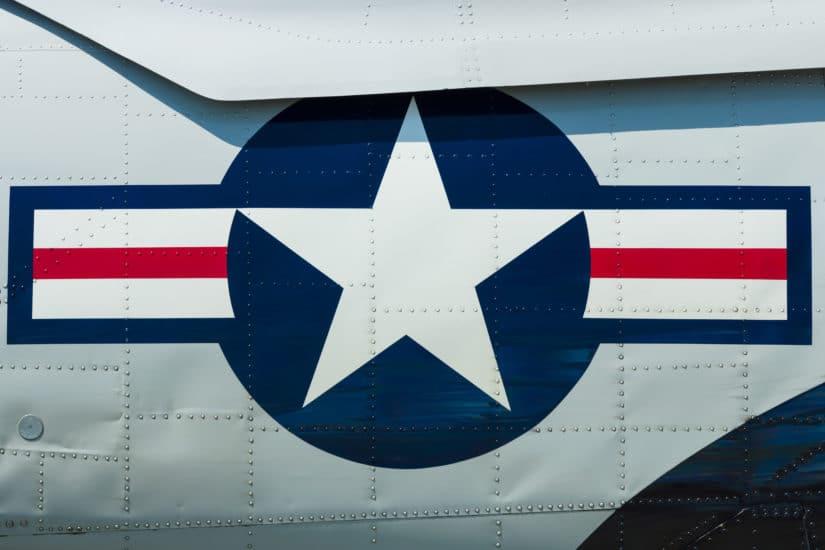US Air Force Considers Flying Cars for Rescue Missions

The US Air Force Research Laboratory (AFRL) recently released a solicitation for proposals and bids to develop an autonomous aircraft (drone) to be used to rescue military personnel.
The concept, based on flying car technologies being developed worldwide, is for a vehicle that would be air-dropped from a C-130 aircraft, slowed down with the use of parachutes, and then make its way to pick up downed pilots and soldiers behind enemy lines or other difficult-to-reach land or sea locations.
The vehicle, to be known as a Personnel Recovery/Transport Vehicle (PR/TV) calls for a “low-cost aerial platform” without a traditional pilot. It must have a range of at least 100 nautical miles, horizontal flight speeds exceeding 100 knots, room for a stretcher, and four military personnel. It also must be operable in density altitude conditions of 95 degrees Fahrenheit at 4,000 feet.
Companies can submit Phase I proposals for design or Phase II proposals demonstrating their vehicles. The PR/TV is part of the US military’s strategy to move to a distributed basing model that can increase the number of vehicles available for such missions and decrease response times to insert or extract at-risk personnel.
Differing from civilian flying cars, the PR/TVs must be quiet throughout their flight and be all-electric, although a hybrid propulsion system with an enhance acoustic signature while en route is acceptable.


